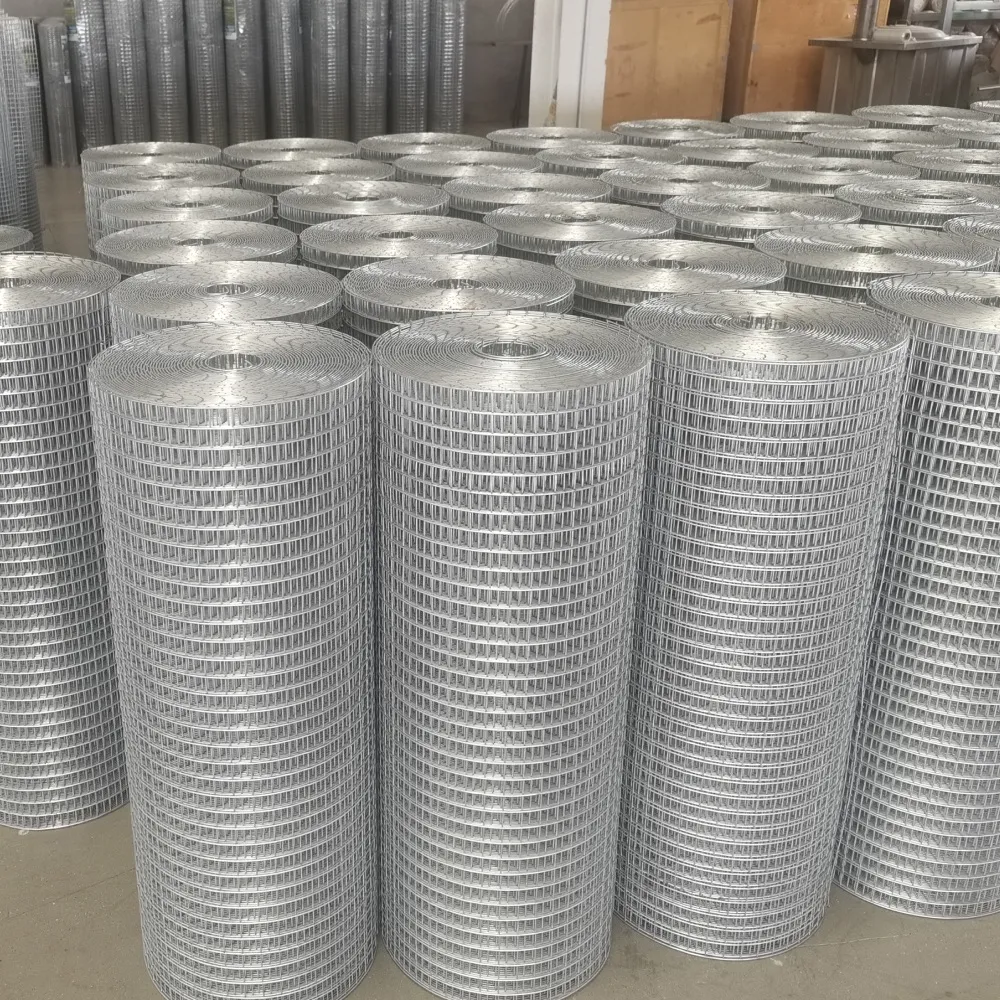Metal mesh for vents serves as an indispensable component in both residential and commercial ventilation systems, offering numerous benefits that make it a preferred choice for many applications. With the rise of smart home technologies and increasing emphasis on sustainable architecture, the significance of selecting the right metal mesh is more pronounced than ever.

Metal mesh for vents, constructed from materials such as stainless steel, aluminum, or galvanized steel, is renowned for its durability and robustness. These meshes act as effective barriers against debris, insects, and even small animals, ensuring your ventilation system remains free from blockages. This not only extends the longevity of the HVAC systems but also enhances their efficiency by maintaining an unobstructed pathway for airflow.
A key factor in choosing metal mesh is its adaptability to different environments. Stainless steel, for example, is highly resistant to rust and corrosion, making it ideal for humid or coastal areas where moisture can be a significant problem. Aluminum, on the other hand, is lightweight and flexible, providing an excellent balance of strength and maneuverability, especially in applications where the mesh needs to conform to specific contours or structural constraints.

When it comes to installation, metal meshes are designed to be straightforward, requiring minimal maintenance once installed. This ease of maintenance is a major draw for both homeowners and commercial property managers. A simple periodic cleaning with a brush or a pressure washer can keep the mesh in optimal condition, ensuring continuous airflow and function.
From an energy efficiency standpoint, metal mesh significantly contributes by maintaining clean vent passages, which reduces the workload on HVAC systems. This translates to lower energy consumption and reduced utility bills, a benefit that resonates well with those conscious of their carbon footprint and overall energy expenses.
metal mesh for vents
In the context of indoor air quality, the role of metal mesh extends beyond merely protecting against external elements. It can also act as a preliminary filter that captures larger particles before air reaches more sensitive filter systems. This dual functionality enhances indoor air quality, an important consideration in environments where air purity is crucial, such as hospitals or labs.
Innovation in metal mesh technology continues to advance, with recent developments focused on enhancing the mesh’s antimicrobial properties. Coatings that resist bacterial growth or integrated treatments that repel insects add an extra layer of protection, making them suitable for specialized environments like food processing plants or pharmaceutical facilities.
The choice of metal mesh also reflects aesthetic considerations. Available in various grid patterns and finishes, metal meshes can complement architectural designs, making them a viable option for visible installations. Customization options further allow for tailored solutions that meet both functional requirements and design preferences.
Entrusting your ventilation needs to a quality metal mesh supplier ensures that you receive products that adhere to the highest standards of manufacturing excellence. It’s important to select a supplier with a track record of reliability and compliance with industry regulations to ensure safety and performance.
In conclusion, metal mesh for vents is more than just a protective grid; it is a multifaceted component that offers enduring value. Its contribution to efficiency, sustainability, and air quality makes it an ideal choice for those seeking a reliable solution for their ventilation systems. Always consider the specific needs and conditions of your installation environment, and collaborate with experienced professionals to capitalize on the full benefits metal mesh offers.
























